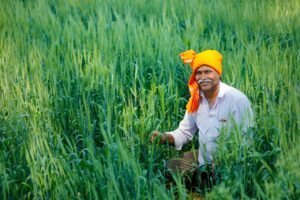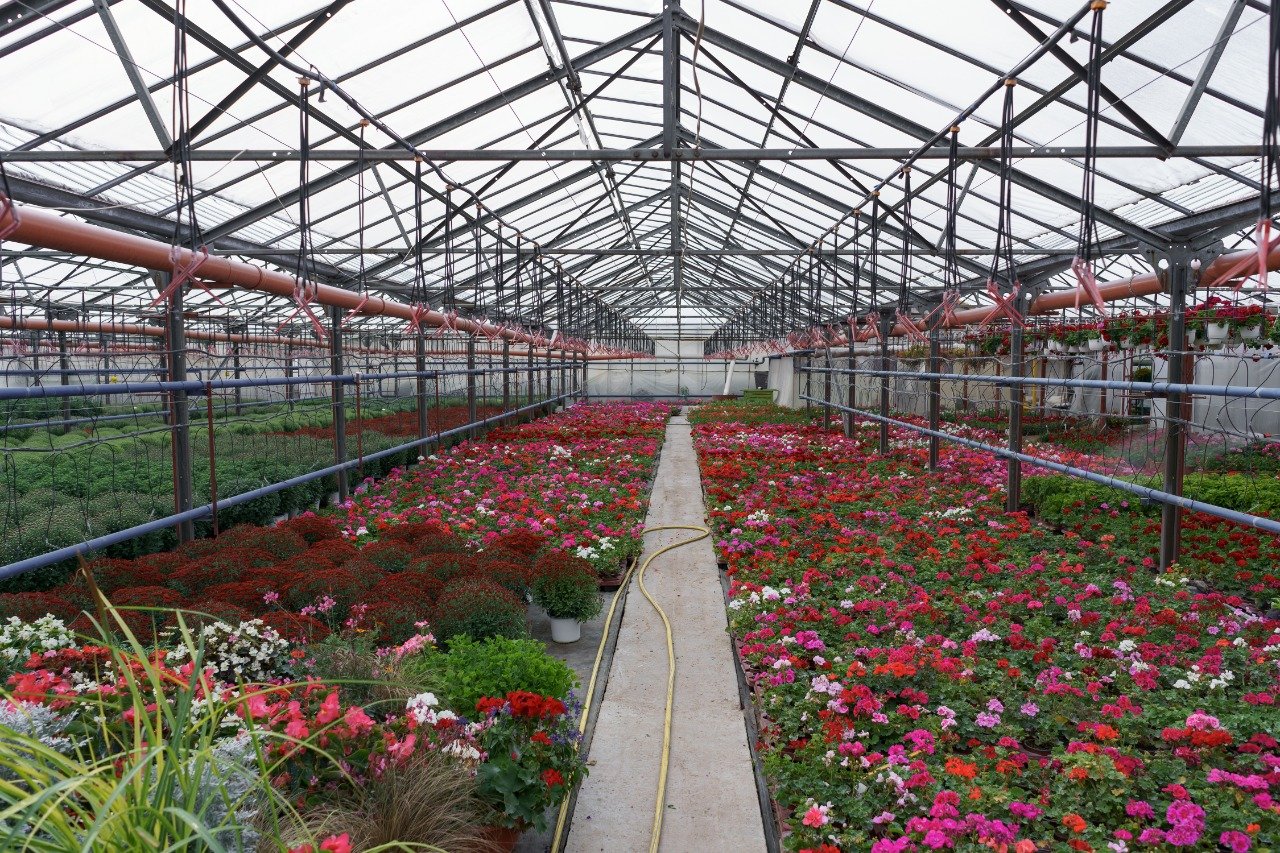Innovation in Farming Techniques
A “real” farmer is someone who would derive a significant part of his/her income from agriculture. This, one can reasonably assume, requires growing at least two crops in a year.
According to world’s survey our India is one of the top countries in cultivation and farming. But Indian farmers stayed a neglected community for decades despite their huge contribution in economy of the Nation.
Did you know?
With the global population reaching 7.8 billion as of 2020, sustainable farming is taking center stage in the agriculture technologies industry. With one in seven people facing starvation on earth, there has been an ever-increasing pressure for farmers to maximize productivity. Farmers often face a race against the clock with minimal hands-on deck to plant and harvest, especially with the volatility of recent unpredictable climates. It is with this that technology comes into play leading to innovation in agriculture.

Indian agriculture is multifaceted, with horticulture and animal husbandry contributing to over 60% of India’s agricultural GDP.
Farming is an industry that relies on the natural environment and its careful and responsible use every day. Cultivation practices often provide natural biologically active filter mechanisms for water as well as soil vegetation stabilization.
Here we explore the farming techniques adopted by SIF
3 Tier Farming
We practice 3Tier farming that responds to the needs of today’s farmers with agricultural products that meet environmental demands while maintaining high yields, crop quality, and a positive bottom line. It is a method of intercropping where a farmer grows compatible crops of different heights on the same field at the same time. To make up for the limitations of a small landholding, the farmer thus gets to use the vertical space more effectively. And also enhances productivity through increased efficiency of natural as well as manual inputs. Growing a minimum of three crops per season, women farmers overcome climate risks. Staggered harvest from multiple crops help then earn through the year and overcome market risks.
Soil-less farming
This technique uses only water and mineral-solution dissolved in water to grow plants in minimum space. It is suitable for; home gardening, terrace farming and large farms. The hydroponics nutrients used in this technique can come from specially formulated chemical fertilizers, the by-product from fish waste or duck manure among others. Hydroponics does not allow vegetables to grow larger than their genetics lets them, however, they can grow to their full potential and in a much smaller space than they can in soil.
To Conclude
The rise of technology, coupled with the need for higher productivity, has opened up a wealth of new understanding with the collection of accurate data. The investment in agriculture technology has seen accelerated growth of more than 40% just last year. This adds up to approximately around $17 billion. Innovations can now provide farmers better reign over crop quality control, pest management, and even the optimization of their existing practices to achieve higher revenue. Farmers can now leave less to speculation with the new understanding and accurate forecasts of their harvests.

